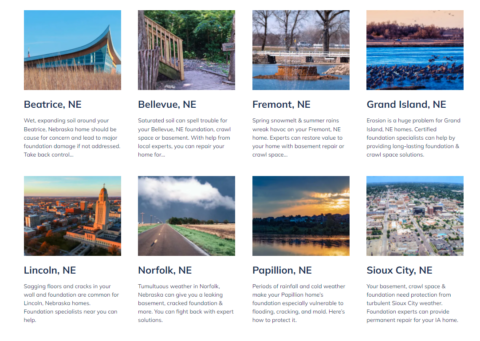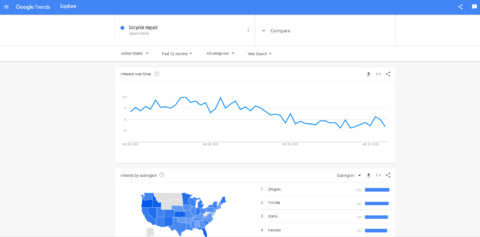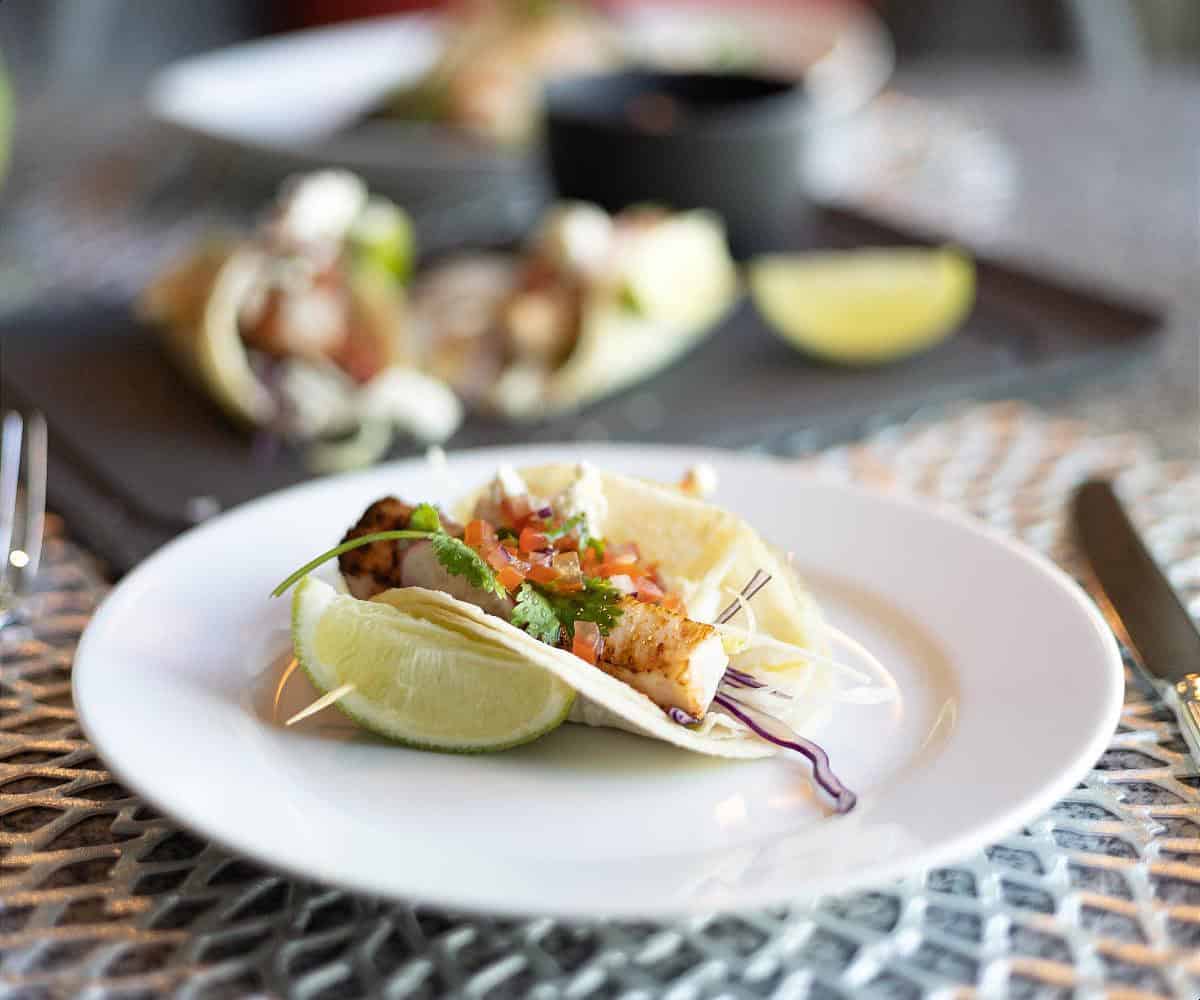6 Types Of Duplicate Content In Local SEO: Do They Help Or Hurt? via @sejournal, @SEOKristal
Discover six different types of content that are often duplicated in local SEO and whether you should make it unique or just rinse & re-use. The post 6 Types Of Duplicate Content In Local SEO: Do They Help Or...

Local SEO can be a winner for so many types of businesses.
Whether you have a brick-and-mortar or a service-based business, you know that many of your potential customers will begin their journey with search.
And if you want their business, you have to show up.
To get started, you’ll (hopefully) run a local SEO audit on your site which will help you create your local strategy.
This will be your roadmap to ensure that you have checked all the boxes and are well on your way to attracting those customers near you.
During this process, one of the things you may realize is that there are specific content types targeted to increase your visibility to those users looking for your product or service in their area.
This also means to truly show up in the right place at the right time, you will need quite a bit of content.
This can lead to questions such as:
How can I create so much unique content on the same exact subject? Can I just copy and paste the same information and change the city name? What is the best way to target my customers and not get penalized for duplicate content?Well, let’s look at six different types of content that you may be tempted to duplicate and whether you should make it unique or just rinse and reuse it.
1. Service Area Pages
Service area pages are prime real estate for your local-based keywords including city, state, region, and metro.
As a service-based business, these pages tell your customers the exact area where you conduct business.
If you are a brick and mortar, location pages may be a suitable alternative.
As a business that services a large area or if you have multiple locations, it may be very tempting to use the same template for each page.
Don’t do it.
This is your opportunity to speak directly to your customer’s needs and tell the search engines exactly where you want to live in the map results.
Take advantage of this prime opportunity to differentiate yourself. By having the same information on every page, you are sending conflicting signals to the search engines on which page is really important.
Make it extremely clear that if a user is searching for a specific term in this area, you are the best website to help them fulfill that need or answer a specific question.
Unique content tips:
Talk about how the service you provide in each specific service area is unique for that customer. Think about the problem that you are solving for your customer that lives in that area. If your service mix changes based on location, this is the place to highlight those changes. Having your services on this page also adds in the head terms or short-tail keywords you are targeting with the location. Use this page as an opportunity to link to a specific city and metro landing pages, which we will talk about in a moment. Be sure to add local schema to make sure the search engines understand all of the important information about your business including your name, location, business hours, coordinates of the area you serve, services, and linked social accounts. If you have more than one location, be sure to write a unique schema for each location and place it on the appropriate service area page. Include a Google map linked to your Google Business Profile. This will send the signal that this website services the targeted area referenced on this page with a direct link. Don’t forget information about your business including your NAP, hours of operation, email address, and relevant images. Bonus points if those images are geotagged.2. City Specific Landing Pages
 Screenshot from Groundworks.com metro page, February 2022
Screenshot from Groundworks.com metro page, February 2022
We briefly mentioned city-specific landing pages in the last section.
This type of page gives you the opportunity to target a metro area or city in which you provide services.
This is particularly useful if you don’t have a physical location within that area.
Since the intent of this page is to drive organic traffic from a specific city or metro area, you definitely want to make sure the content is unique and targeted to the keywords that you defined in your strategic plan.
This can be as specific as [your service] + [city].
As the search engines are looking for the best site to serve their customer with the most relevant search results, you want this content to scream, “I am that business!”.
Unique content tips:
Speak about the individual services or products you offer in this area and why they are important. Be sure to include surrounding cities and suburbs in the content. This will help expand your local reach. Local landmarks will help validate your knowledge of the area. Don’t forget to include the address of the office or location that services the targeted city. Local reviews, testimonials, and job stories help to build your credibility. Don’t forget your focus. Treat this as the landing page for your customers within the targeted city. This may be your one shot to convert a customer or keep them on your site.3. Articles And Blogs
In the current social culture, everyone loves a good article or blog, especially if it is relevant to a situation that they are experiencing at that moment.
The resources section of your site is a great place to speak directly to that specific need of a customer while displaying that you are the authority in your space.
The best part about having articles and blogs as part of your strategy is the flexibility to really dig deep into any topic and make it applicable to your service or product.
Don’t make it boring by just reusing the same thing over and over again.
Shake off that creative hat and have some fun.
Unique content tips:
Get hyperlocal! Talk about what is happening in your neighborhood or region. Be relevant and timely. Create content that your users will care about at the moment. This can range from social issues to events and promotions. Listen to what your customers care about. Deploy your long-tail keyword strategy here. Use your resource pages to create content for those super-targeted keywords that may not fit in the main areas of your site. Be creative and utilize checklists, top 10 lists, infographics, and video content to engage your local audience. Not sure what to create? Use your keyword research tools or Google Trends what is popular in the area you are targeting. Screenshot from Google Trends, February 2022
Screenshot from Google Trends, February 2022
4. NAP Information
While your NAP (Name, Address, and Phone Number) may not be a full page of content, it is extremely important for local SEO.
This is an instance where consistency matters and you want it to be the same across the board.
The level of detail required goes as deep as if you use “St.” or “Street” in your address.
This is important because it is how the search engines validate your existence across the internet.
If they can match your Name, Address, and Phone Number to other sources of information, it shows the connection between your website and other mentions of your company.
You should have this information in the footer of your website, on metro pages, and about us pages.
Help your customer and the search engine connect the dots.
5. Reviews And Testimonials
Reviews and testimonials build trust and credibility with your customers.
According to BrightLocal, 77% of users always or regularly read reviews when browsing for a local business.
Don’t be afraid to use the same reviews and testimonials across different pages on your site.
The key here will be to refresh this content periodically.
This can be done manually or through plugins that pull reviews directly from the source.
6. Directory Listings
Web directories are still very relevant to local SEO.
We have all heard of the most common directories such as Google Business Profile and Bing Places, however, there are a plethora of others that are used often and just may not be on your radar.
These include local search directories, map sites, affiliate/review sites, and Chambers of Commerce.
Each directory may give you the opportunity to have a profile that includes your NAP information as well as a listing of your services and a description of the business.
It is not necessary to create a new description or listing of services for each directory.
Similar to the NAP, consistency matters.
You want the search engines to be able to connect the dots from the directory sites to your website and determine, without a doubt, that you are the same business.
To save a bit of time, you can sign up for a listing service that pushes your business information to the most popular directories for you.
As you experiment with these different types of content, you will find ways to begin to integrate your other marketing efforts such as social and video content into your local SEO strategy.
Consistency across platforms will further connect the dots across your entire marketing portfolio and create a comprehensive user journey.
Don’t just duplicate this content.
Use the bite-snack-meal model, in giving them a bit more information with each step.
Get Started
Planning content for your local SEO efforts may seem daunting when you first begin, with the right plan in place, it will be worth the effort.
Check out SEJ’s Local SEO Guide to get started on this journey.
This will get you on track to creating your strategy, planning the right content, driving traffic, and increasing rankings.
More resources:
3 Tips for Keyword Research & Content Localization Success 7 Ways to Improve Local SEO & Attract New Business A Guide to Local SEOFeatured Image: limeart/Shutterstock

 ShanonG
ShanonG 
































